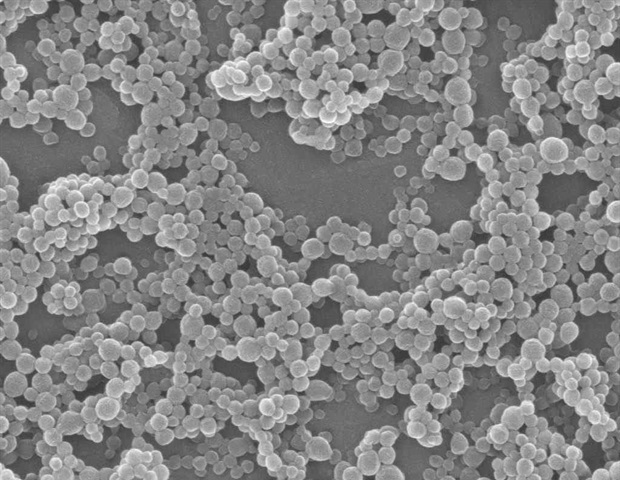
Bacillus anthracis lethal toxin (LT) is a determinant of lethal anthrax. Its function in myeloid cells is required for bacterial dissemination, and LT itself can directly trigger dysfunction of the cardiovascular system. The interplay between LT and the host responses is important in the pathogenesis, but our knowledge on this interplay remains limited. Tumor necrosis factor-α (TNF-α) is a pleiotropic pro-inflammatory cytokine induced by bacterial infections. It drives cytokine production/survival or cell death, and thus is involved in many processes, including embryonic development and sepsis. It was reported that LT sensitizes TNF-induced activation of NLRP3 (NACHT, LRR and PYD domains-containing protein 3) inflammasome and caspase-8-dependent apoptosis in macrophages. Additionally, TNF-activated apoptosis contributes to the lethal effect of anthrax toxins.
Recently, in an effort to further study the effect of TNF + LT treatment in vivo, researchers from Yingying Zhang’s group used co-treatment of TNF + LT in mice to mimic in vivo conditions for LT to function in inflamed hosts. By using bone marrow transplantation and genetically engineered mice, they found unexpectedly that the death of intestinal epithelial cells (IECs) rather than that of hematopoietic cells led to LT + TNF-induced lethality, that is, intestinal epithelial cells (IECs) were targets of LT-induced death in the presence of TNF and the resultant intestinal damage played a pivotal role in the lethality of mice.
Both necroptosis and apoptosis pathways participated in the TNF + LT-triggered IEC deaths and mouse death. Inhibition of p38α mitogen-activated protein kinase (MAPK) signaling by LT in IECs promoted TNF-induced apoptosis and necroptosis of IECs, leading to intestinal damage and mouse death. Consistently, p38α inhibition by LT enhanced TNF-mediated cell death in human colon epithelial HT-29 cells, supporting the role of p38α inactivation in the pathology of anthrax. Thus, preventing TNF-induced apoptosis and necroptosis in combination with controlling bacterial propagation might be an effective prevention of anthrax-caused death.
An implication of the data is that impairment of p38α and perhaps also other MAPK pathways in IECs by any natural means would make animals vulnerable to inflammation-caused tissue injury and animal death. As intestinal damage is one of the leading causes of lethality in anthrax patients, the IEC damage caused by LT + TNF would most likely be a mechanism underneath this clinical manifestation and could be a target for interventions.
Source:
Journal reference:
Gao, X., et al. (2023). Anthrax lethal toxin and tumor necrosis factor-α synergize on intestinal epithelia to induce mouse death. Protein & Cell. doi.org/10.1093/procel/pwad050.








